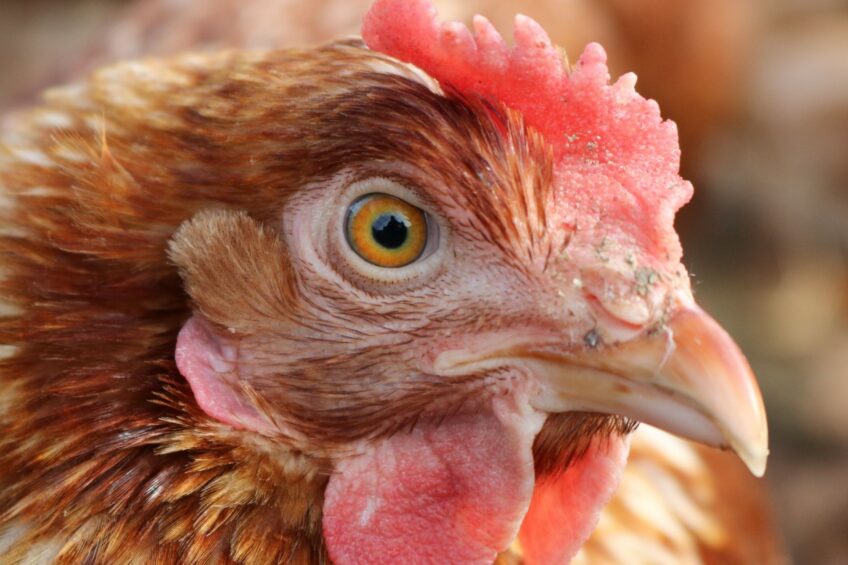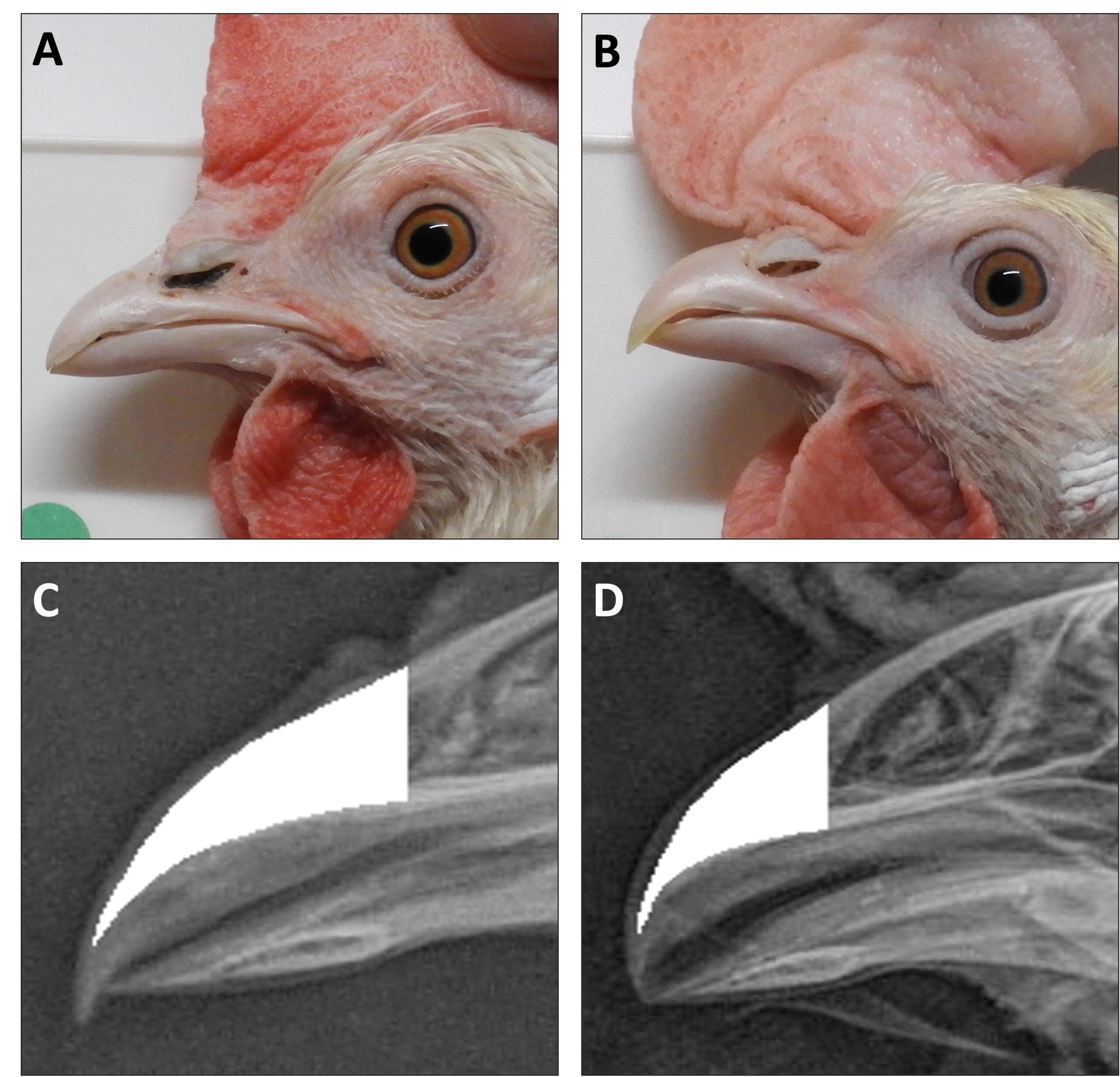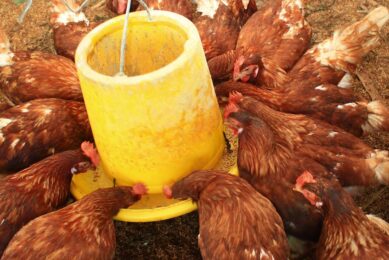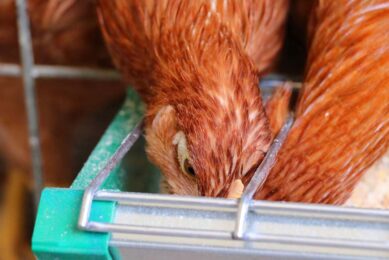Natural variation in beak shape influences feather pecking

Different birds have different beak shapes. Understanding the natural variation in beak shape could help reduce feather pecking damage in laying hens. Research shows that there is potential for genetic selection of blunter or shorter beaks that do less harm when pecking occurs.
Outbreaks of severe feather pecking in laying hen flocks remain a significant challenge for the poultry industry. Research into why hens feather peck and how the behaviour and its consequences can be prevented has been ongoing for decades.
However, the behaviour remains unpredictable and difficult to control. This, coupled with the ever-growing pressure to ban beak treatment – which is currently the most effective method of controlling feather pecking damage – makes finding sustainable alternatives important.
One potential alternative is to genetically select hens with blunter naturally-occurring beak shapes. Previous research has suggested that when hens have naturally blunter or shorter maxillary (top) beaks, they have better feather cover with less mortality.
Different beak shape traits (curvature, length) also appear to have a heritable component which further supports the idea that beak shape may be amenable to genetic selection. However, in order to do this the variation in beak shape in laying hen flocks and the amount of physical damage these different beak shapes can cause must first be determined.
Collaboration
 Sarah Struthers recently completed her PhD at Scotland’s Rural College (SRUC) and the University of Edinburgh. Her project was a collaboration between SRUC, The Roslin Institute and Lohmann Breeders. In her project she first characterised the variation in the shape of the beak and its underlying bones in 2 pedigree laying hen lines (Figure 1). She found significant beak shape variation within and between the hen lines, so much so that there are distinct beak shapes within each line that could be genetically selected.
Sarah Struthers recently completed her PhD at Scotland’s Rural College (SRUC) and the University of Edinburgh. Her project was a collaboration between SRUC, The Roslin Institute and Lohmann Breeders. In her project she first characterised the variation in the shape of the beak and its underlying bones in 2 pedigree laying hen lines (Figure 1). She found significant beak shape variation within and between the hen lines, so much so that there are distinct beak shapes within each line that could be genetically selected.
In 2 further studies, Struthers investigated whether beak shapes differing in curvature and length caused different amounts of physical damage. Her first study took place at SRUC’s Allermuir Avian Innovation and Skills Centre and involved commercial laying hens with either sharp or blunt beaks pecking at ‘chicken’ models (a foam block covered with feathered chicken skin). She then assessed the number of feathers removed and the damage caused to the block. She found that hens with sharper beaks were more successful at removing feathers than blunt-beaked birds.
For her second study she used chicken heads with different beak shapes and a robotic pecking device. The heads attached to the robotic device mimicked the natural pecking motion of a hen and ‘pecked’ into gel with different forces. Indentations in the gel were measured to quantify damage. Struthers found no differences in damage between the tested beak shapes. This is likely because the beak shapes tested with the robotic pecking device were too similar to pick up differences.
The results of these 2 studies suggest that other factors beyond beak sharpness (e.g., other beak shape traits, the motivation to perform the behaviour) also contribute to feather removal and damage.
Future potential
Overall, the results of Struthers’ PhD project show that the naturally-occurring beak shape variation in laying hens can be exploited. Incorporating beak shape data in breeding programmes could help guide the selection of hens whose beak shapes cause less feather pecking damage, thereby improving laying hen welfare.
 Beheer
Beheer











 WP Admin
WP Admin  Bewerk bericht
Bewerk bericht